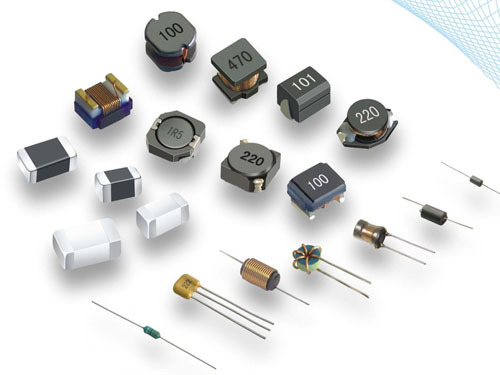The role of the inductor
Inductors are commonly used electronic materials. They are also called reactors and chokes. They can store electrical energy as magnetic energy. What is the role of the inductor is very important for the user's use, today Xiao Bian came to specifically introduce the role of the inductor, hoping to help users better use inductor products.
Across the pond, you will find the Deutsches Institute fur Normung (DIN) flange specification, consisting of a variety of European styles which have been unified into one code for the purpose of commonality. Designation as a DIN flange by the German Institute of Standardization assures the user of design quality the way an ASME flange would here in America. Although much less common than ANSI/ASME steel flanges in the United States, many of our international customers request flanges to these specifications for a variety of applications such as imported steel vessels, cargo ships, and other infrastructure which may consist of metric pipes/valves and European designed equipment.
The subset flanges under the DIN standard consist of the same style of flanges in the United States, including the most commonly used slip on flanges, weld neck, flanges, and blind flanges. Adapter flanges can be custom made to end user requirements for the mating of American flanges to international ones, however we find it is a much more common and easy solution to provide DIN flanges to mate to existing equipment.
The most common metric type flanges fall under the following categories:
DIN 2501 through 2503 for flat ring flanges
DIN 2512 through 2519 for alternate face flanges
DIN 2627 through 2633 for weld neck flanges
DIN 2641 through 2642 for lap joint flanges
DIN 2565 through 2569 for threaded/companion flanges
DIN 2527 for blind flanges
Din Flange,Pn25 So Flange,Cs Pn16 So Flange,Din Forged Flange Hebei Welkin Pipe Fitting Manufacturing Co., Ltd , https://www.welkinpipeline.com
Role of inductors Chip inductors are electromagnetic induction elements wound with insulated wires. It is a commonly used inductance component. The role of chip inductors: DC resistance AC This is a simple statement, the AC signal isolation, filtering or with the capacitor, resistors and other components of the resonant circuit. Tuning and frequency selective inductance: the inductor and capacitor in parallel can be composed of LC Tuning circuit. Any current in the circuit of the SMD inductor generates a magnetic field, which in turn acts on the circuit.
When the current through the chip inductor changes, the DC voltage potential generated in the chip inductor will prevent the current from changing. When the current through the inductor coil increases, the self-induction electromotive force generated by the inductor coil is opposite to the direction of the current, preventing the increase of the current, and at the same time, converting a part of the electrical energy into a magnetic field can be stored in the inductor; when the current through the inductor coil decreases, The self-induction electromotive force is the same as the direction of the current, preventing the current from decreasing and simultaneously releasing the stored energy to compensate for the decrease in current. Therefore, after inductive filtering, not only the pulsation of the load current and voltage is reduced, the waveform becomes smooth, and the conduction angle of the rectifier diode increases.
Color ring inductance, role 1: color ring inductance has the function of blocking current: the copper core in the color ring inductance coil is always resistant to the current change in the coil. The color ring inductance has an impediment to the alternating current used in the circuit, and the hindering effect of the size is called anti-XL, and the unit is ohm. Its relationship with the inductance L and AC frequency f is XL=2Ï€fL. The color ring inductance can be mainly divided into high-frequency choke coils and low-frequency choke coils.
The role of the inductor 2: The color ring inductance has the function of tuning and frequency selection: the color loop inductance and the electrolytic capacitor can be connected in parallel to form an LC tuning circuit. When the color ring inductor is in resonance, the inductance and capacitance of the circuit are equal and reversed. That is, the natural oscillation frequency f0 of the circuit is equal to the frequency f of the non-AC signal, and the inductance and capacitance of the loop are also equal. The color loop inductance is The use of color is generally not much, the color ring inductance used in the circuit is generally more stable.
The role of the inductor 3: The color loop inductance is mainly used to filter signals, filter noise, stabilize current, and suppress electromagnetic interference. The basic role of the color ring inductor is charging and discharging, but many circuit phenomena extending from this basic charge-discharge function make the color ring inductor have various different uses. Today, the color ring inductance has been used by the majority of customers, and the role of small inductors is not to be underestimated.